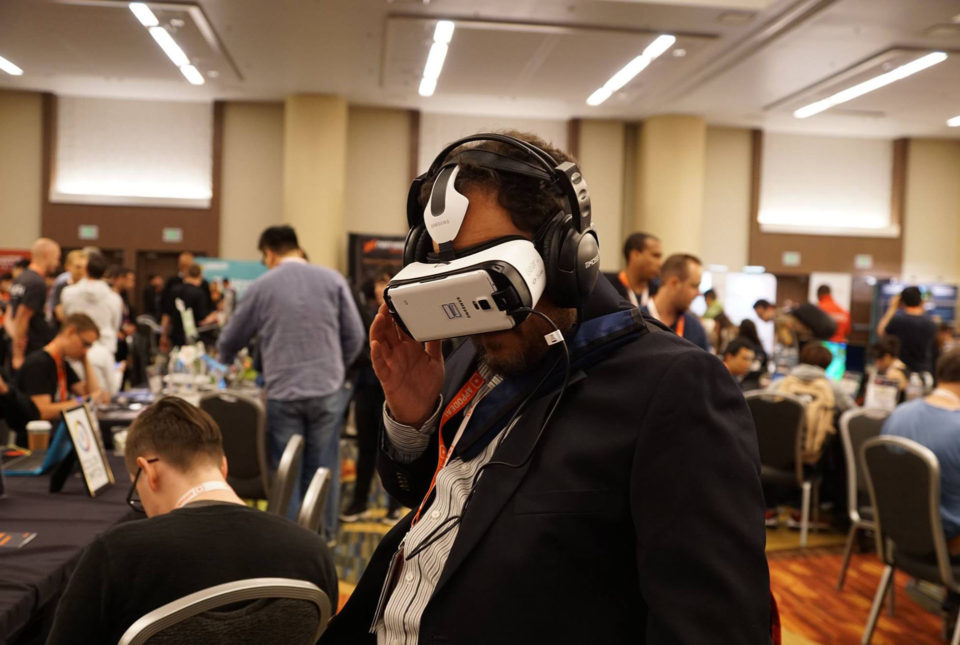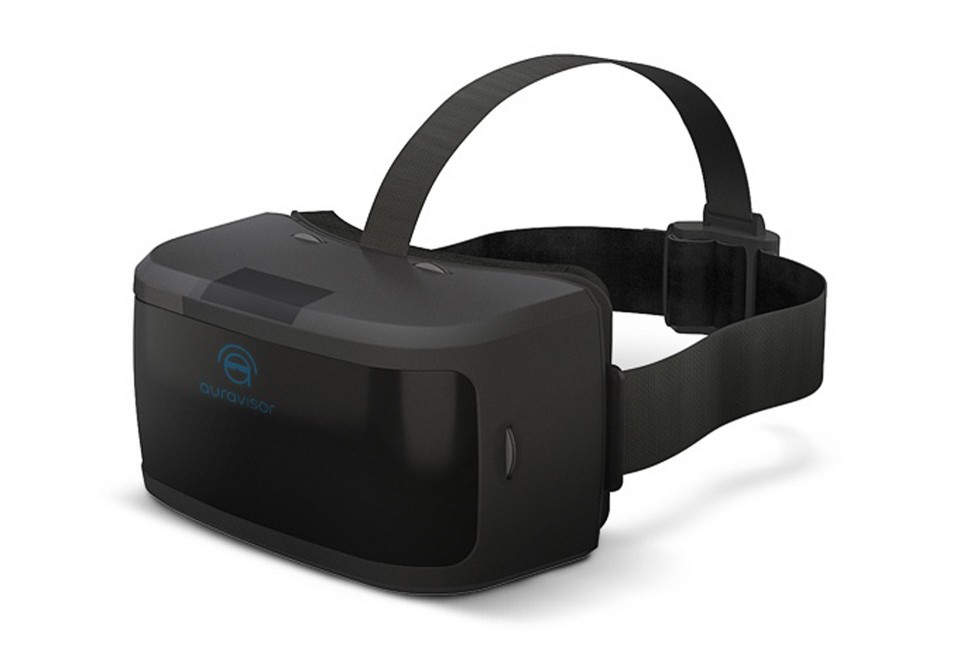2016 will be remembered as the year when VR touched down for consumers. While headsets have been available for a while now for those who backed certain Kickstarters or were willing to pay for expensive developers kits, it’s 2016 that they will be available to purchase by the mass consumer. The HTC Vive, the Oculus Rift and PlayStation VR will all be available to purchase by the end of the year, with more to follow.
VR is something that’s received a lot of media attention; not just by enthusiasts, but by mainstream outlets as well. It’s understandable, since the advancement of technology has made VR possible in a way it never was before (like 20 years ago, during VR’s first abortive emergence). It also shows really well at trade shows and press events, which is how most people have experienced VR so far.
VR is something that’s received a lot of media attention; not just by enthusiasts, but by mainstream outlets as well.
At a trade show or press event, typically there’s usually about 10 to 15 minutes to experience whatever the product is. A lot of the VR experiences so far have been crafted around these limitations, designed to be played and finished within the set period of time. These sorts of experiences (many of which are very limited in their gameplay aspects) are nonetheless impressive and have demonstrates how compelling VR can be.
So whether the technology works or not isn’t really in question anymore. Many in the press and hardcore enthusiasts have seen it, played around with it, and been sold on it (quite literally). That is not the core of this article; what is the viability of VR as a good short-term way to focus development resources. Before anyone gets too exited over the long-term prospects, consider these logistical issues with VR for 2016.










